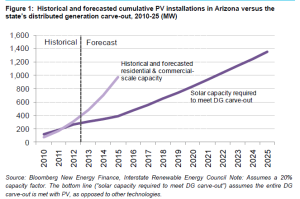by IAN CLOVER, PV Magazine, 28 August, 2013
The Worldwatch Institute — an independent research organization based in Washington D.C. — reports that 127 countries worldwide have now enacted support schemes for renewable energy.
A trends report by the Worldwatch Institute has found that 127 countries worldwide now have renewable energy support schemes in place – up from just 48 as recently as mid-2005.
The report’s author, Evan Musolino, drew the analysis for his “Vital Signs Online” trend from data gleaned from “REN21’s Renewables 2013 Global Status Report”, which he co-authored.
In this latest work, Musolino also reports that 99 feed-in tariff (FIT) policies are currently in place worldwide at either national or state/provincial level, while quotas requiring a specified minimum share of renewable energy power production are evident in 76 countries; up from just 34 in 2004.
Despite the economic downturn leaving a number of countries mired in recession and hamstrung by shrinking budgets, investment in renewable energy development and expansion has generally followed an upward trend, particularly in the solar photovoltaics industry, which has seen module costs fall by as much as 80% since 2008, and 20% since 2012.
At the beginning of this year, 66 countries offered tax incentives on renewable energy development, the report finds. And as the technology has proliferated, so has regional diversity.
In the middle of the decade, 58% of countries that enacted renewable energy support schemes were located in Europe and Central Asia. Today, that figure is slightly more than a third of the global total, with East Asia and the Pacific (21%), and Latin America and the Caribbean (LAC) following closely.

